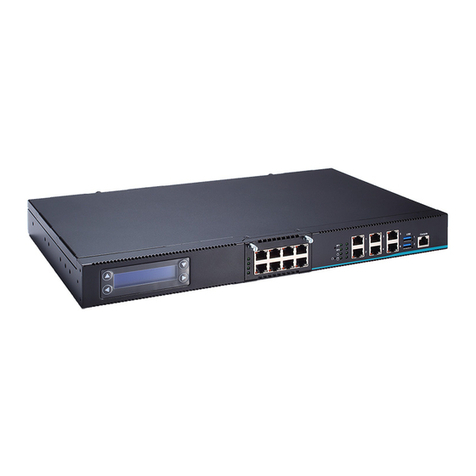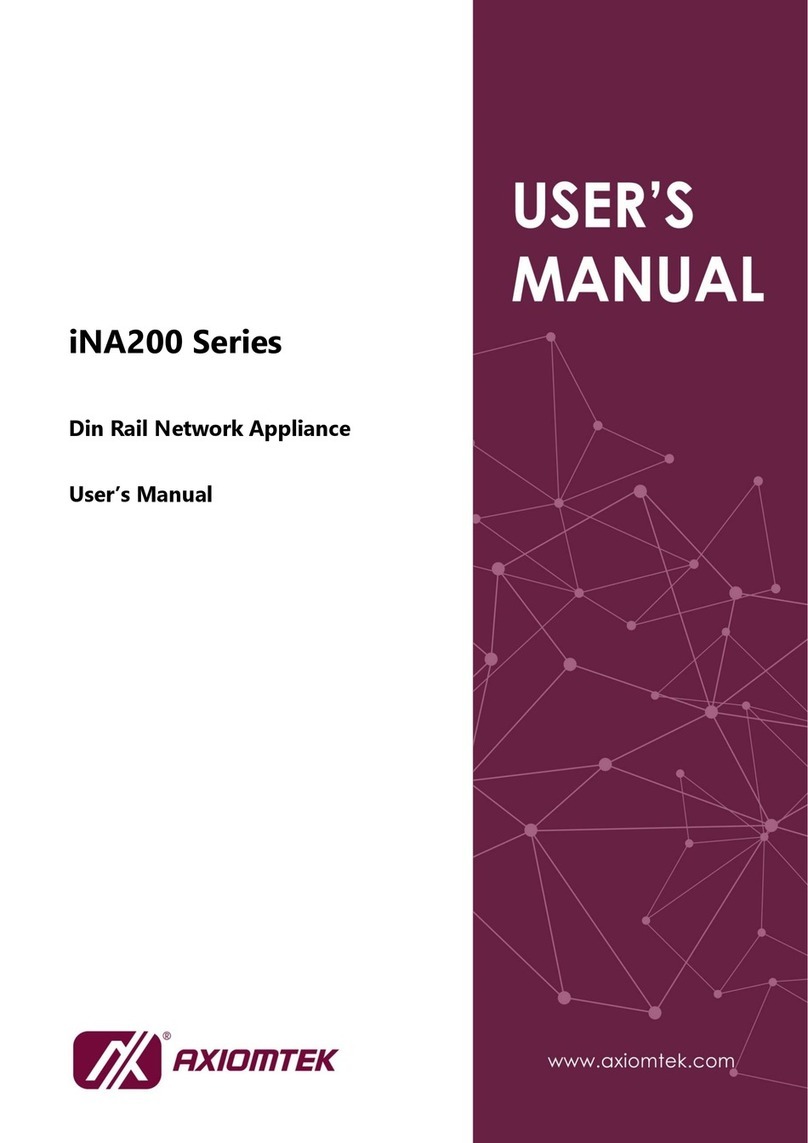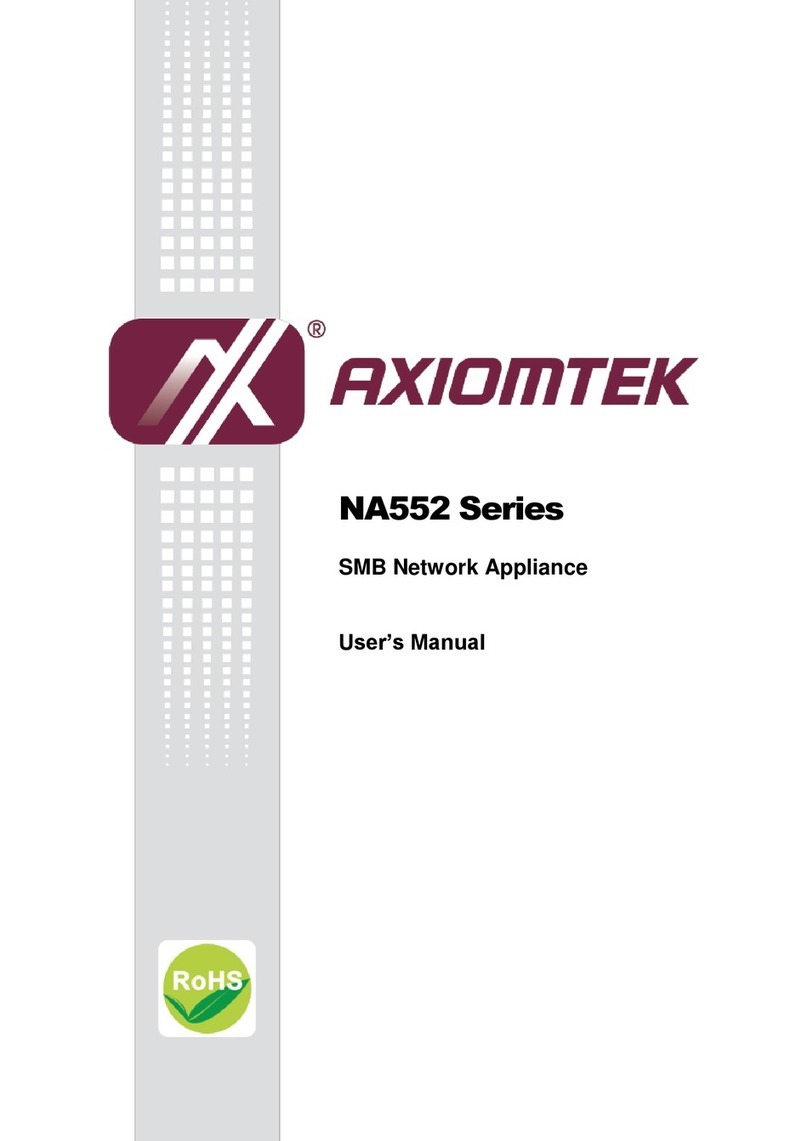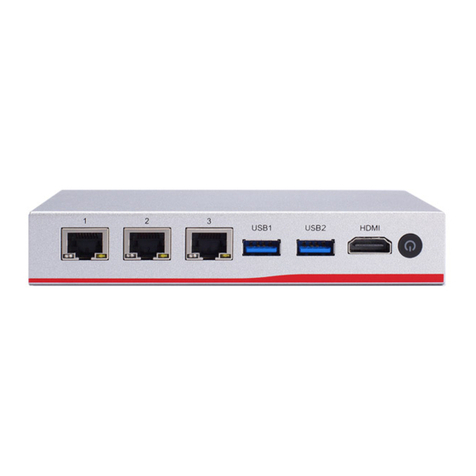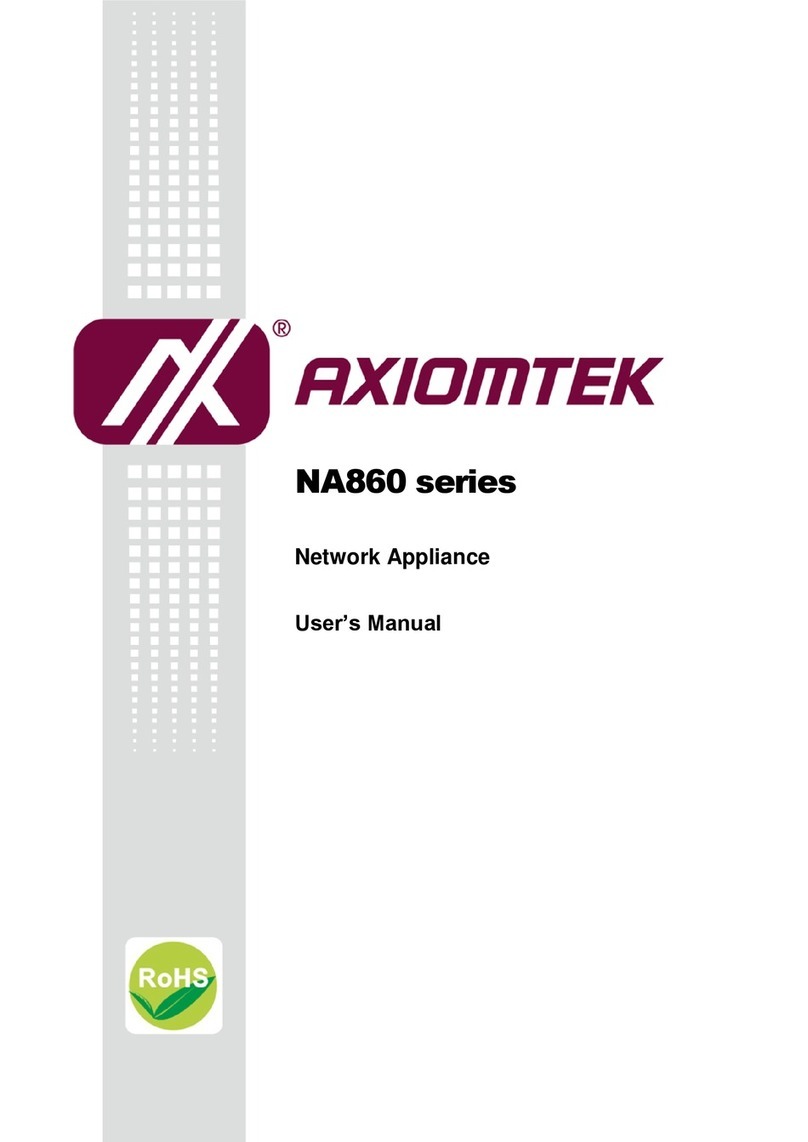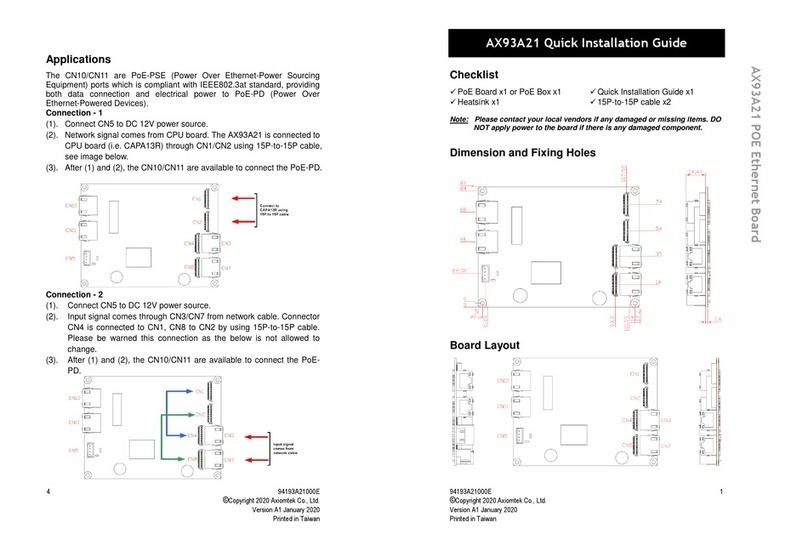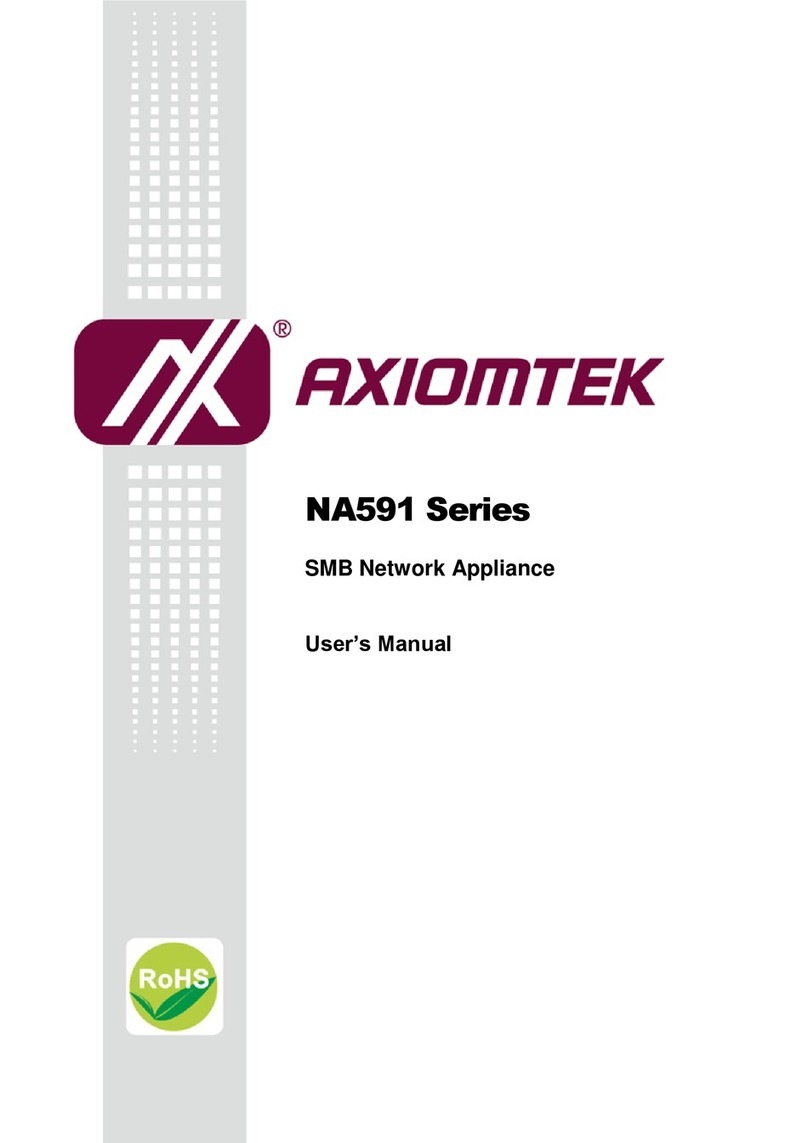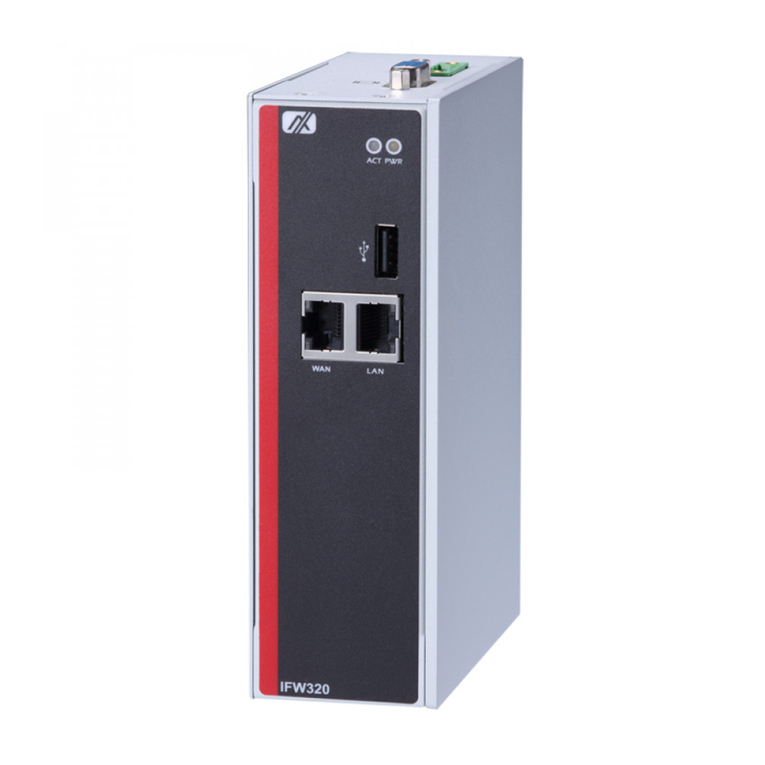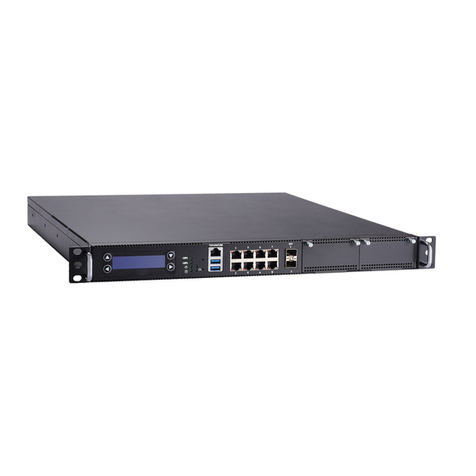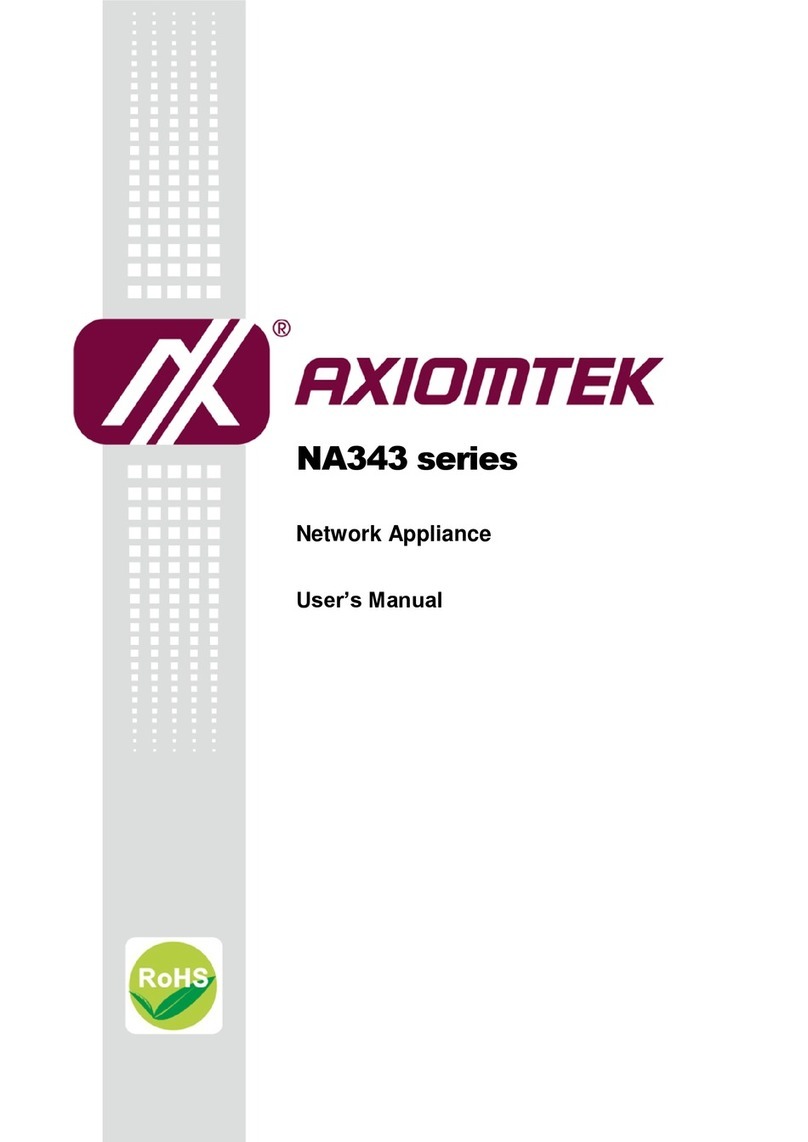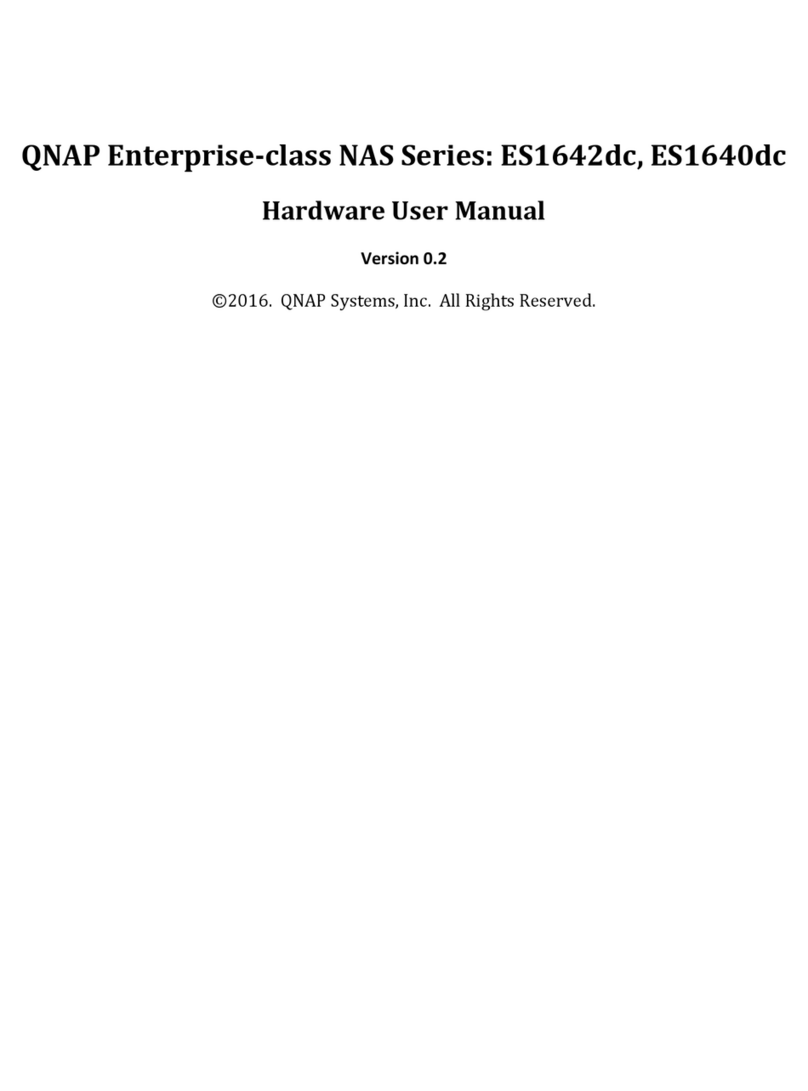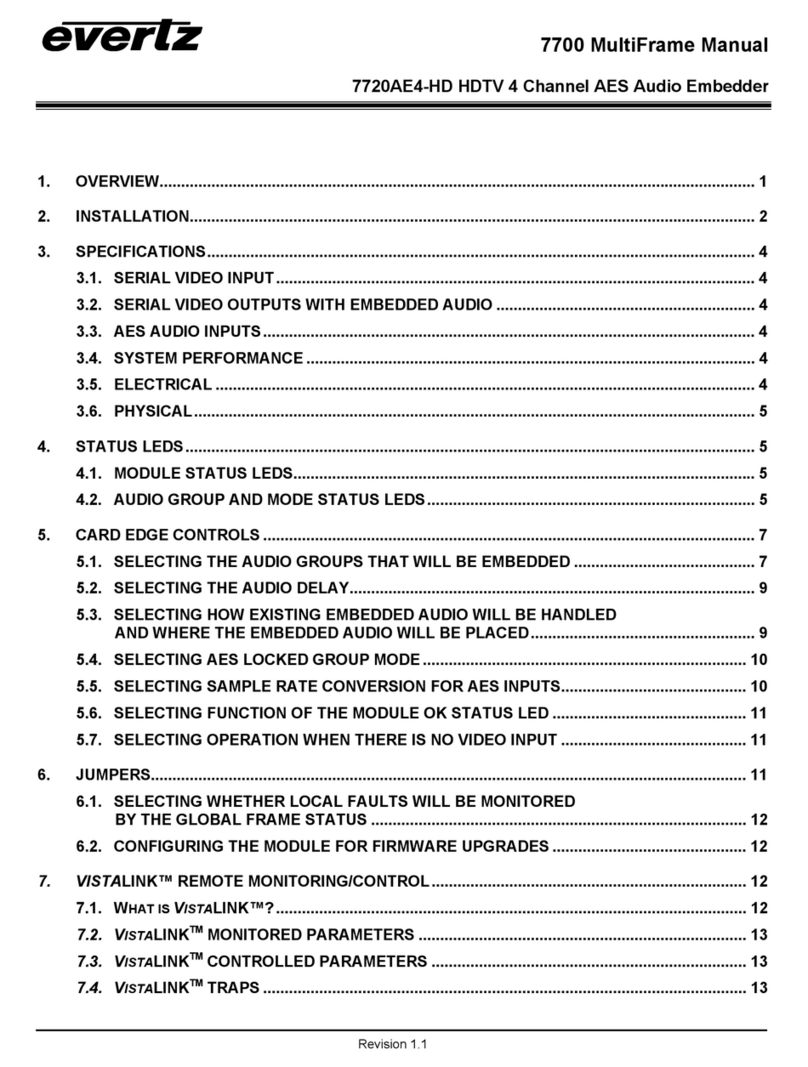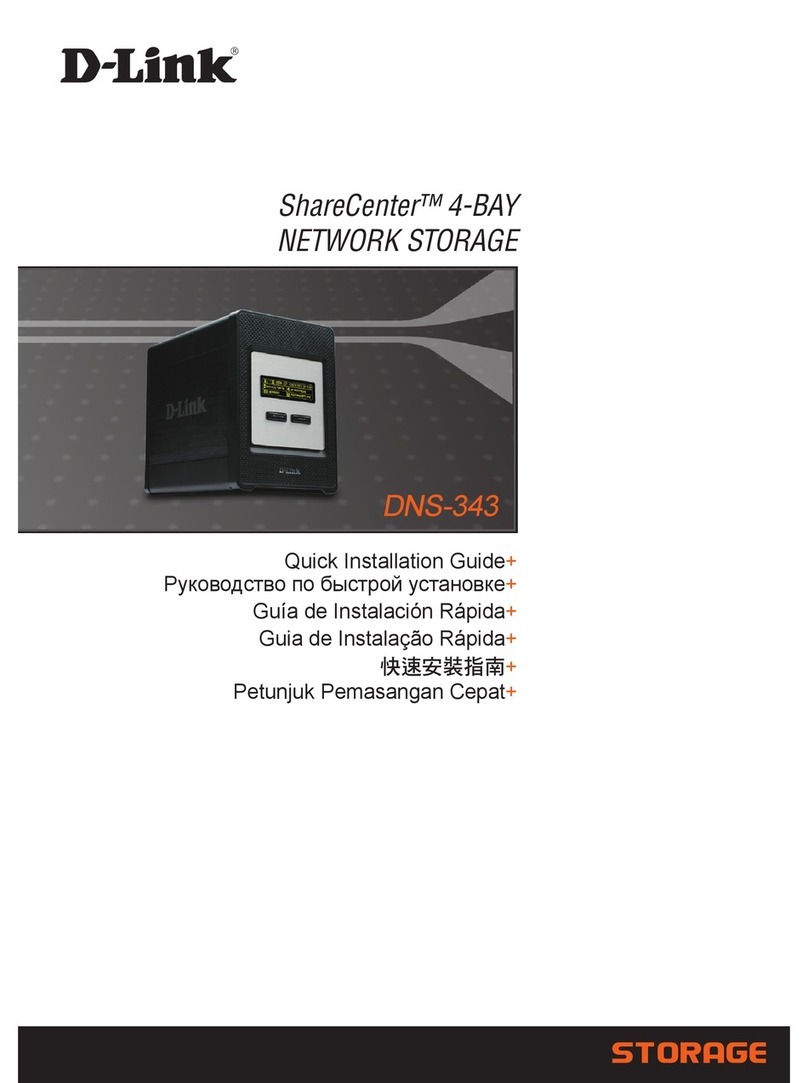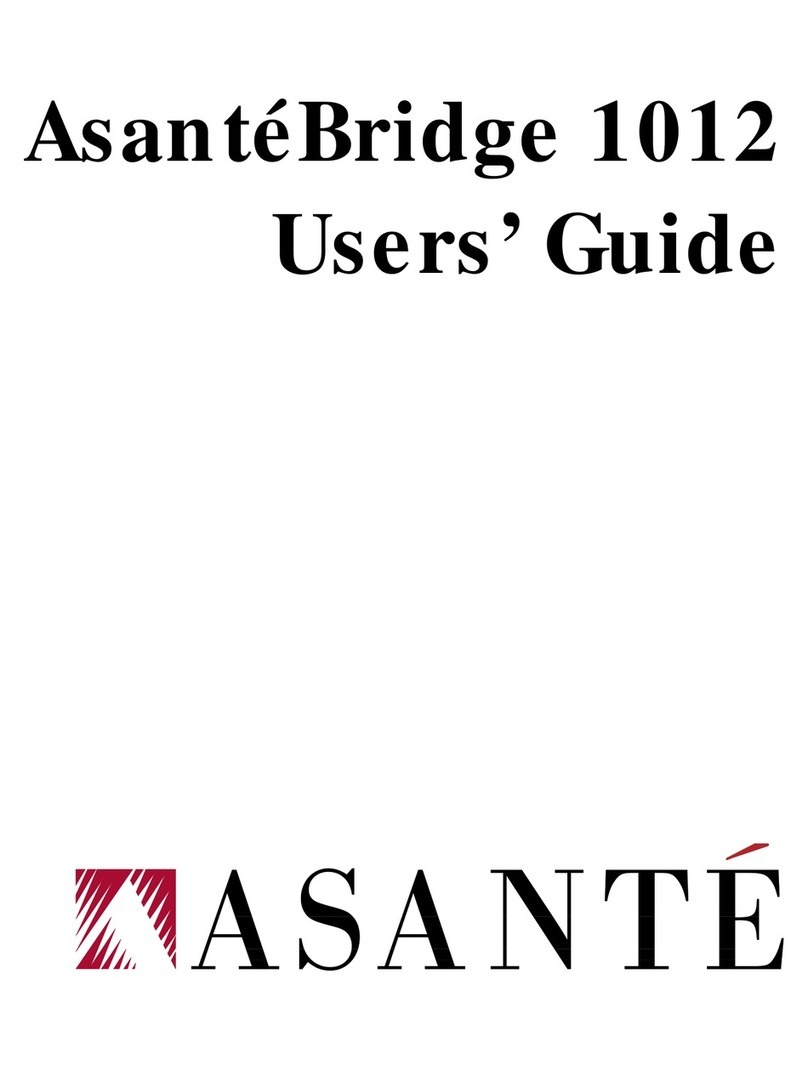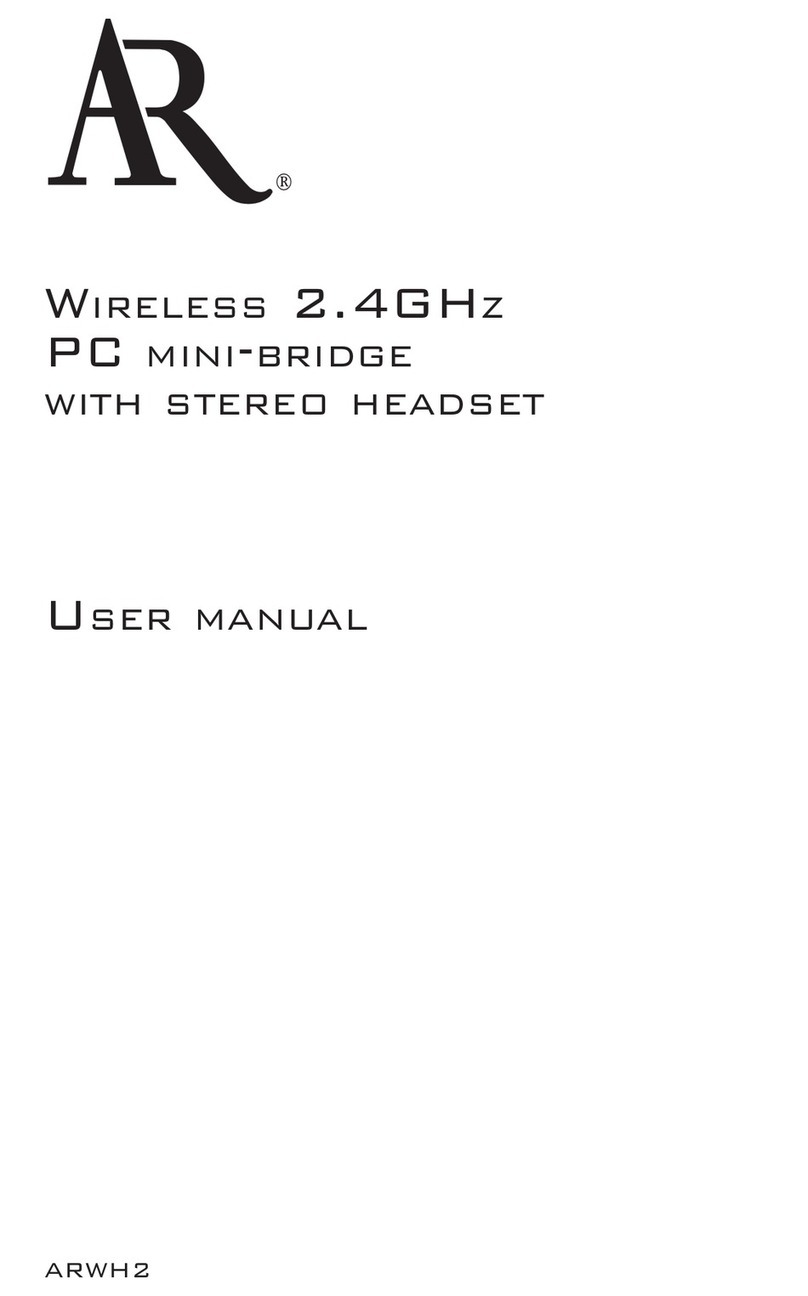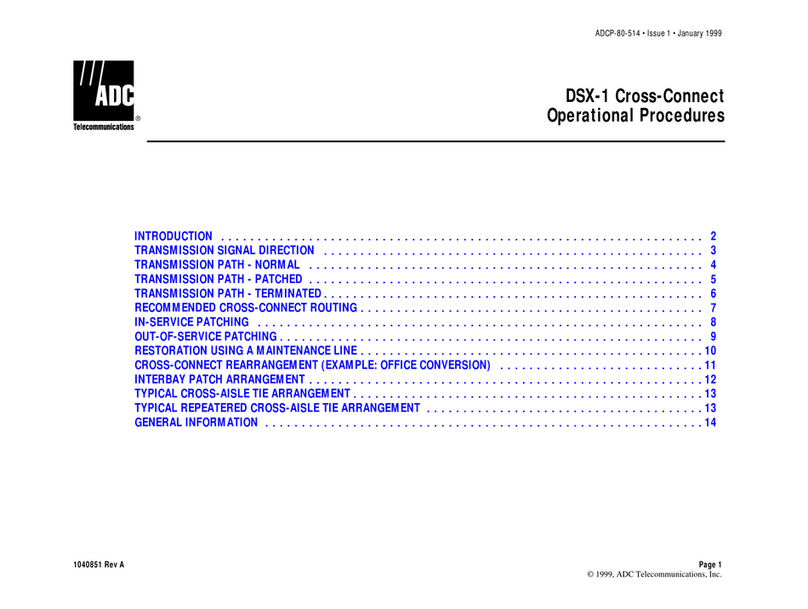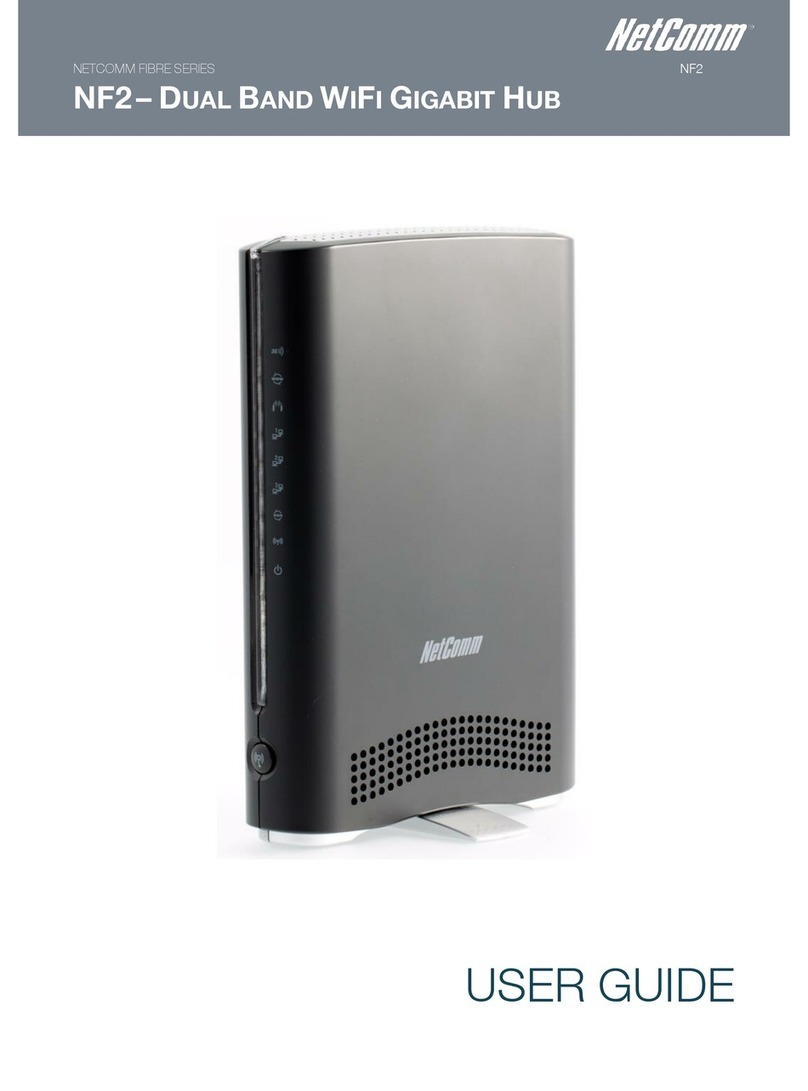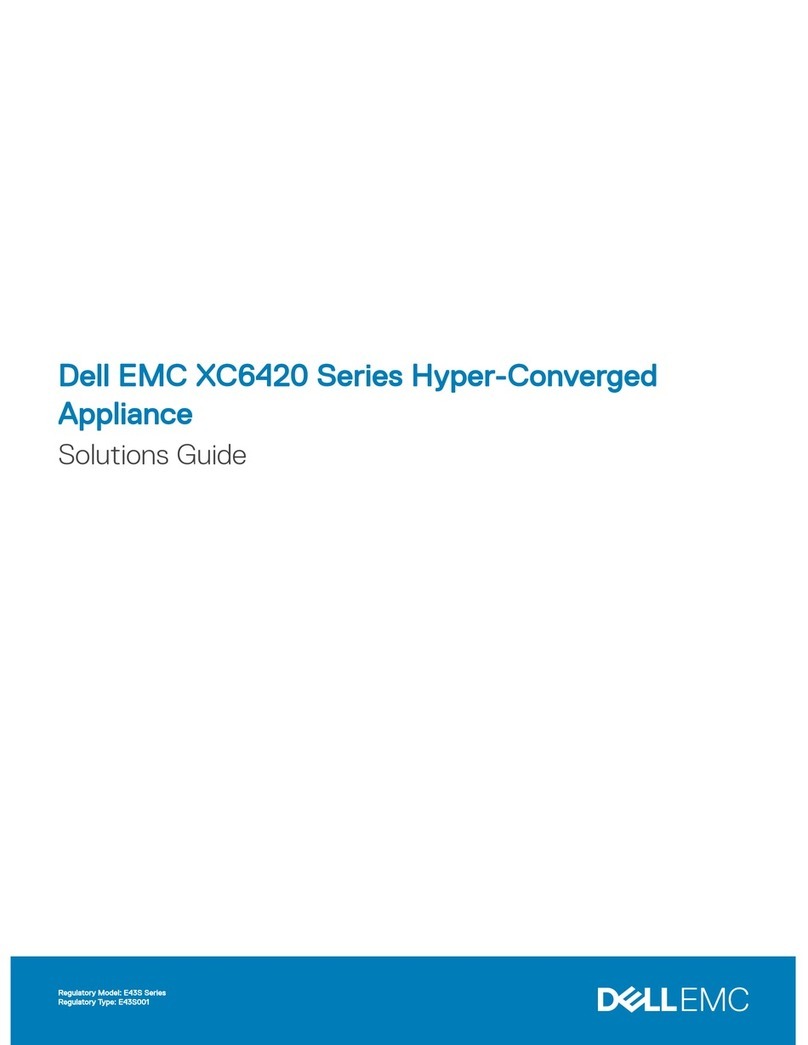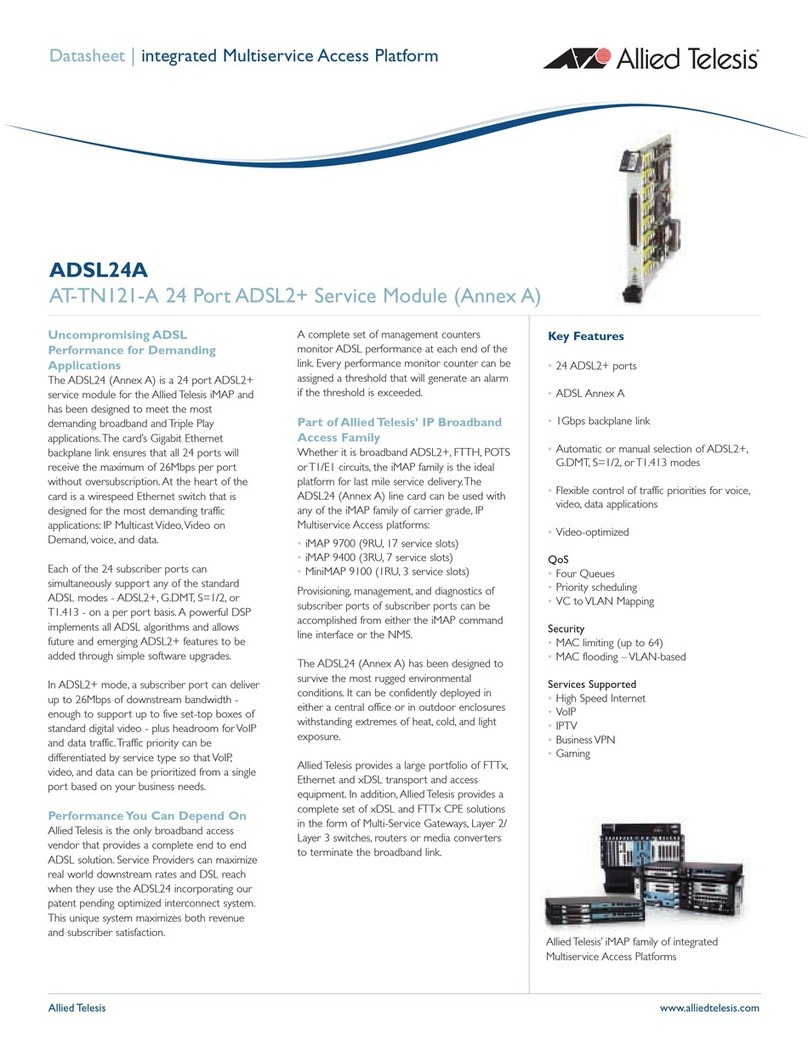
v
Table of Contents
Safety Approvals..................................................................................................... iii
Safety Precautions.................................................................................................. iv
CHAPTER 1 INTRODUCTION
1.1
General Description............................................................................. 1
1.2
Features................................................................................................ 1
1.3
Specifications....................................................................................... 2
1.3.1
System .................................................................................................................2
1.3.2
Mechanical / Environmental ..............................................................................3
1.4
Dimensions and Outlines .................................................................... 4
1.5
I/O Outlets............................................................................................. 6
1.5.1
Front Panel ..........................................................................................................6
1.5.2
Rear Panel ...........................................................................................................7
CHAPTER 2 HARDWARE DESCRIPTION
2.1
Checklist............................................................................................... 9
2.2
Memory Module (SO-DIMM)................................................................. 9
2.3
Board Layout...................................................................................... 10
2.4
Jumper Settings................................................................................. 11
2.4.1
Auto Power Button Mode Selection (JP2)......................................................12
2.4.2
RTC Well Rest Selection& Restore BIOS Optimal Defaults Jumper (JP7,
JP8) ....................................................................................................................12
2.4.3
LAN Bypass Control Jumper (JP3, JP4, JP5) ................................................13
2.4.4
TACT SW1 Selection (JP11).............................................................................14
2.5
Connectors......................................................................................... 15
2.5.1
HDMI Connector (CN7) .....................................................................................16
2.5.2
Rear IO USB 3.0 Port (CN8)..............................................................................16
2.5.3
SIM Card (CN1)..................................................................................................17
2.5.4
MINI PCIe Full & Half (CN2, CN4).....................................................................18
2.5.5
MINI PCIe Full (CN3) .........................................................................................19
2.5.6
LCM Connector (CN5) ......................................................................................20
2.5.7
SATA Power Connector (CN6).........................................................................20
2.5.8
DC Power Jack (CN10) .....................................................................................20
2.5.9
Internal USB2.0 box (USB1).............................................................................21
2.5.10
Fan Connectors (FAN1, FAN2)........................................................................21
2.5.11
VGA Connector (VGA1)....................................................................................22
2.5.12
Front Panel (JP1) ..............................................................................................22
2.5.13
SATA Connector (SATA1, SATA2)..................................................................23
2.5.14
COM2 Port (COM2) ...........................................................................................23
2.5.15
COM1 Port (COM1) ...........................................................................................23
2.5.16
Digital IO (DIO1) ................................................................................................24
2.5.17
LAN Port (LAN1-LAN6).....................................................................................24
2.5.18
DC1 Power Switch (ATX2) ...............................................................................24
2.5.19
DC1 Power In (ATX1)........................................................................................24
CHAPTER 3 AMI BIOS SETUP UTILITY
3.1
Starting ............................................................................................... 25
3.2
Navigation Keys ................................................................................. 25
